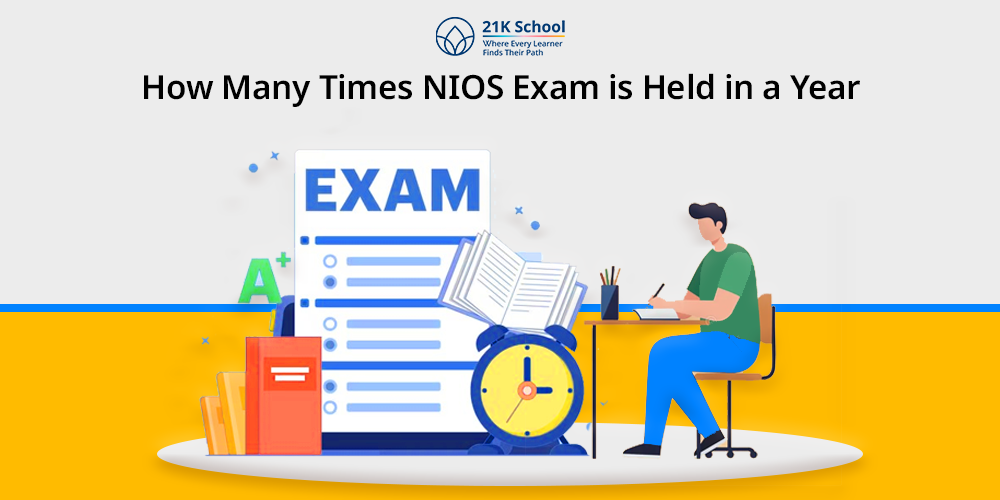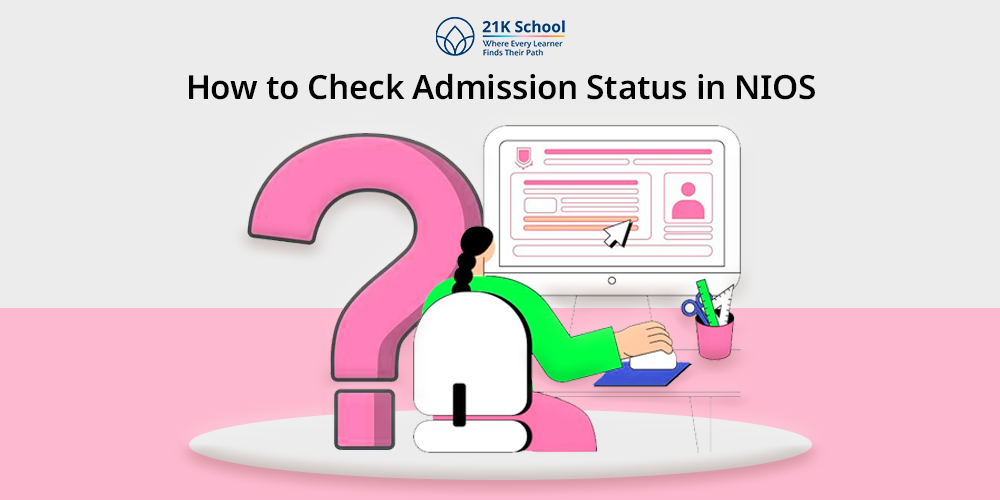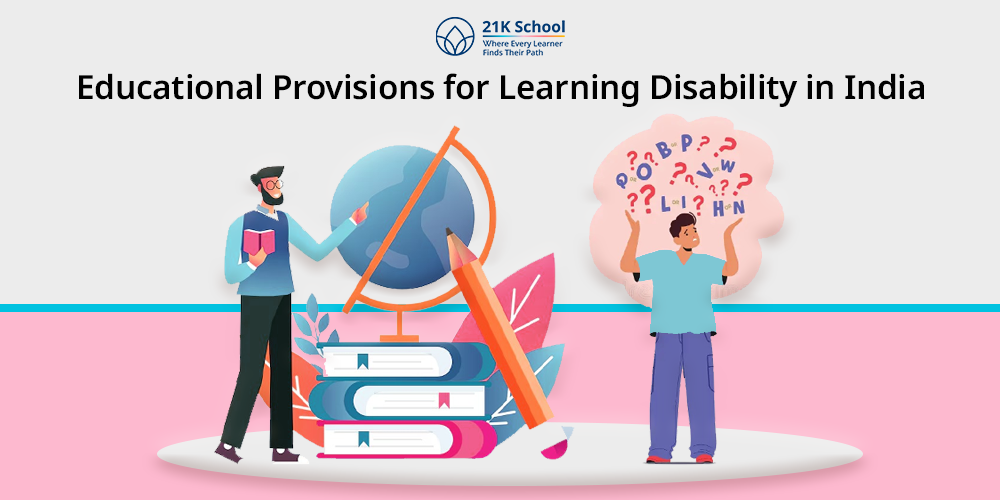
Online schools offer a wide range of educational opportunities for students. Good online schools provide quality education. Many other factors must be considered when deciding on an online school.
The best online schools in India are becoming popular as they provide students with a flexible learning method.
Online schools offer a more accessible way for students who live in areas with few or no public schools or those who cannot attend school because of their families work schedules.
Online school owners and key decision-makers are frequently questioned about the “quality of education” they deliver in their capacity as educational institutes. And in the end, the world may judge an online school based on the academic success of its pupils.
It is commonly believed that the number of hours a child spends in school , the higher would be their learning. But over the years, this belief has turned out to be deficient.
This is because the belief does not consider the fatigue and loss of creativity and concentration that the child may experience while they are in class for 7-8 hours every day.
Besides the number of students that occupy the class, this divides the teacher’s attention towards the entire class with no individual attention.
Moreover, it has been observed on more than an odd occasion, how students were left feeling inadequate or confused on the ground of insufficient insight into the subject.
We provide quality education adhering to International standards.
In addition to emphasizing the teaching-learning process and its observable outcomes, UNESCO defines quality education for online schools in terms of several other vital elements.
Some include infrastructure, curricula, teacher qualifications, skill development, teaching-learning materials, learning outcomes, affordability, accessibility, and a host of other factors.
Contents
- How do affordable online schools help provide quality education?
- Quality over quantity – Why is it so important?
- Who is affected by the lack of quality in online schooling?
- How to address the issue of a lack of quality or low-quality preparedness in affordable online schools?
- Achievement of 21K Online School Student
- Conclusion
How do affordable online schools help provide quality education?
Online schools help provide quality education by allowing students to learn at their own pace, in their own time, and in a convenient way.
A virtual academy can also offer a variety of courses that can be tailored to the needs of each student.
Affordable and the best online schools like 21K School are for those looking for quality education but cannot afford the cost of in-person schools. The 21K School offers K-12 courses with defined learning outcomes and necessary activities.
Check out fee structure- 21K School Fee
The online high school provides public and private university courses so students can choose the best, suiting their needs and budget during a recession.
Online high school students also can take classes customarily offered at a traditional high school, such as physical education, music, art, and health.
A virtual academy intends to provide a personalised learning experience for all students, regardless of their location or time zone.
Quality over quantity – Why is it so important?
We have created one of the best online school systems believing that quality trumps quantity. We provide fine quality education for 3-4 hours per day with no more than 25-30 students.
It is easier for students to connect and communicate with their teachers. To ensure your child has a great pedagogical journey, we created the first online school in India .
The additional 3-4 hours a day that a child gets gives them great scope to explore a plethora of opportunities. Quite a few of our students have proved our belief by achieving something extraordinary.
Who is affected by the lack of quality in online schooling?
The lack of quality in online schooling during a recession can have a wide range of effects on all involved, students, parents, and educators.
Students often have to sacrifice their time and energy to complete assignments, even though they are not being challenged at the appropriate level.
In addition, this can lead to less time for sleep, which can affect overall performance. Parents are also impacted with online schooling as they may have to deal with children having trouble completing assignments or even getting through classes.
If parents cannot help with these issues, they may feel they are failing their child and/or themselves.
The third group comprises teachers and professors who teach online courses; they may also experience stress managing diverse students who do not follow directions or complete work on time.
How to address the issue of a lack of quality or low-quality preparedness in affordable online schools?
There’s a lack of quality or low-quality preparedness in affordable online schools. The solution is to provide more information about the online school and its curriculum.
While on the subject, here’s a topic that you may find helpful – Curriculum from Across the World – Via Online Schools.
The lack of quality or low-quality preparedness in affordable online schools is a serious issue that needs to be addressed.
The solution is to provide more information about online schools and their curricula so that students can make informed decisions before enrolling in an online program.
A lack of quality or low-quality preparedness in affordable online schools is complicated. The problem is compounded by the fact that online schools are not regulated, and there is no national standard for what constitutes quality education.
However, some aspects can address this issue. One, for sure, is to create clear expectations for students and their parents about what they should expect from an affordable online school program.
The next is to provide information about how these programs compare with traditional programs and how they fit into a child’s overall educational plan.
What and how to teach is one of the most important decisions online school owners must make.
Since the primary grades are the foundational years of learning, the question of how to teach preschoolers online mode becomes highly crucial, especially during a recession.
For instance, based on research, online school learning design options can be optimized in the following nine ways –
Modality
- Web-enabled F2F.
- Blended (25–50% online).
- Blended (over 50% online).
- Fully online.
Pacing
- Class-paced.
- Self-paced (open entry, open exit).
- Class-paced with some self-paced.
Student-Instructor Ratio
- > 1,000 to 1.
- 100–999 to 1.
- 36–99 to 1.
- < 35 to 1.
Pedagogy
- Collaborative.
- Exploratory.
- Practice.
- Expository.
Role of Online Assessments
- Input to grade.
- Check if the student can take the new content.
- Offer accurate information about the learning state to both teacher and student.
- Adopt adaptive instruction to support students.
- Identify students at risk of failure.
Instructor Role Online
- Small presence online.
- Active instruction online.
- None.
Student Role Online
- Explore resources and simulation.
- Work on question-answer series.
- Collaborate with peers.
- Listen or read.
Online Communication Synchrony
- Synchronous only.
- Asynchronous only.
- Some blend of both.
Source of Feedback
- Teacher.
- Automated.
- Peers.
Moreover, the learning outcomes for each grade of online schools have been listed by NCERT and respective states, and describe the knowledge and abilities a child must have by the end of each stage.
These learning objectives provide guidance when organizing a specific learning activity.
For instance, by the end of the first grade of an online school, a student should be able to use addition and subtraction up to 20 in practical situations.
Teachers must allow pupils to comprehend and practice addition and subtraction to accomplish this.
Achievement of 21K Online School Student
One of our students, Akash Vashishtha, a fourth-grader, has written a thriller fiction book, “The Treasure Hunt”. This is not a standalone book, but a series of its kind that Vashistha has confirmed is in the pipeline.
This is surprising to witness as Akash is at an age where children are usually fussy about picking up books to study. Akash has managed to take this a step ahead and write his book.
That is simply incredible. Our little whiz kid had the opportunity to write since he had the extra few hours.
He would’ve been ideally spending hours in school had he been a part of a traditional schooling system. To his credit, Akash also finds learning an interesting aspect of education.
Today’s kids require and deserve much more than what they are being offered in a traditional school.
Besides bringing students an online school system that’s far and diverse like our subjects, we also help save time for students that would otherwise have been spent commuting to and fro from the school.
With our online school in India, we have brought a different yet unique experience for tomorrow’s future. Our curriculum is designed to keep the holistic development of your child in mind.
Therefore, we have taken measures that will make your child find 21K School both educational and fun. This will make your child explore their hidden talent and develop creative ideas to help their cognitive development .
Conclusion
We should move over past perceptions towards a futuristic outlook where quality matters more than quantity. It is not about how long children study but how well have they studied and how much have they grasped.
With our online school in India, we concentrate on dynamic ways of teaching, which provides wings for your child to fly in the direction they want.
When we see kids like Akash bring laurel to their names and our school, we feel proud to see our vision reaching its goal. It is such students that reaffirm our belief that quality always trumps quantity.
Online schools are transforming higher education by allowing students to get a quality education without leaving their homes.
Online schools have been around for over a decade and have seen rapid growth in the past few years. This is because online schools offer an alternative to traditional brick-and-mortar schools.



